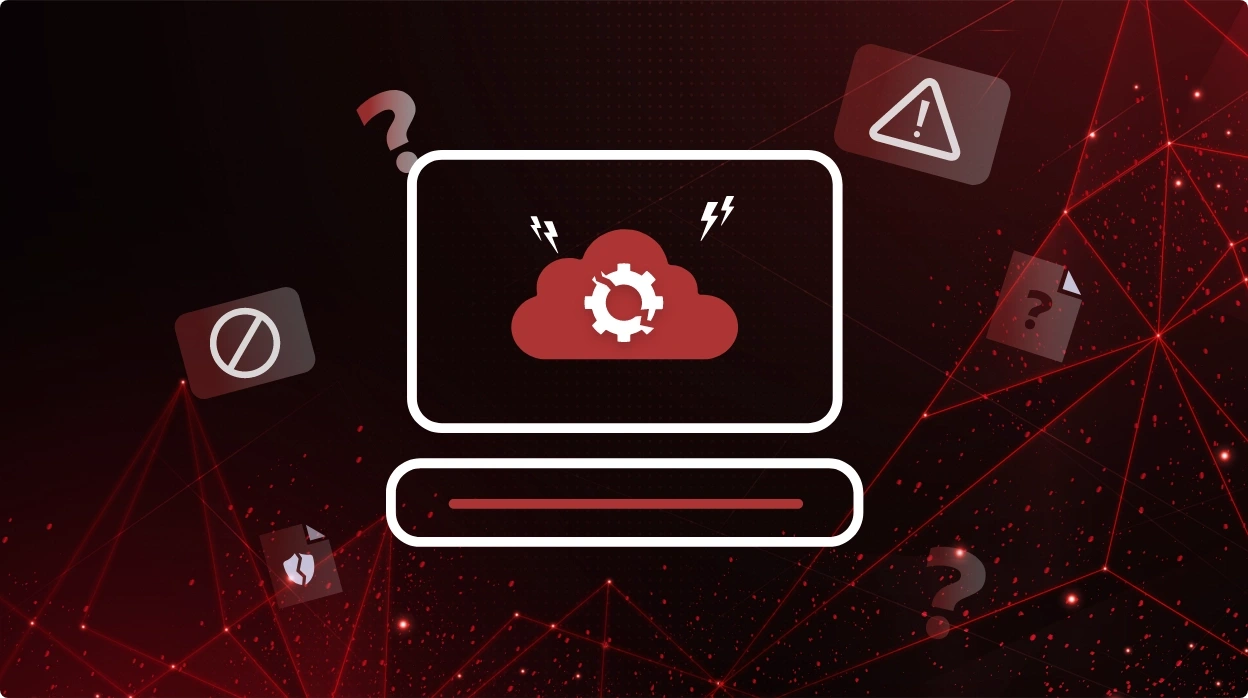The ramifications of SaaS misconfigurations

In the current business landscape, SaaS applications have become an essential part of day-to-day operations. From file sharing and collaboration to marketing and sales, SaaS tools offer businesses unparalleled flexibility and convenience. However, the easy deployment and adoption of these apps has created a new challenge for IT and security teams: SaaS misconfigurations. These misconfigurations can lead to security risks such as data breaches, exfiltration, and other incidents.
The ramifications of SaaS misconfigurations cannot be understated, and businesses must take steps to ensure that their SaaS applications are configured correctly. In this blog, we will explore the various consequences of SaaS misconfigurations and provide actionable tips on how to prevent them.
Understanding misconfigurations in a SaaS environment
SaaS security misconfigurations may occur when security settings are not properly defined during the configuration process or are maintained and distributed with default values. Since these misconfigurations can impact any tier of the application stack, cloud, or network, they are a major contributor to data breaches that can cost businesses millions of dollars.
One of the main causes of misconfiguration vulnerabilities is the use of default settings in passwords, certificates, and installations. Using deprecated protocols and encryption, leaving open database instances, enabling directory listing, and displaying error messages containing sensitive information are other common misconfigurations that can be exploited by attackers.
Misconfigured cloud settings are a significant risk, as many businesses rely on cloud-based solutions for their daily operations. Unnecessary features such as pages, ports, and command injections can also introduce vulnerabilities and increase the risk of data breaches.
To mitigate the risks associated with misconfigurations, it is crucial for businesses to implement proper security protocols at the onset and regularly review and update security settings. Conducting vulnerability assessments and penetration testing can help identify potential security gaps and enable businesses to take corrective action before they are exploited by attackers. By taking proactive measures to address misconfigurations within SaaS applications, organizations can better protect their sensitive data and avoid costly security incidents.
The reasons behind misconfigurations in SaaS security
Misconfigurations can occur for a variety of reasons, especially with today’s complex and constantly evolving network infrastructures. There are high chances of applications containing old or default configurations, which organizations may tend to overlook. Even when security protocols have been implemented, organizations may not conduct regular audits of security controls and configurations.
To avoid such instances, it is essential to be vigilant and proactive when monitoring and updating security settings. Regular reviews of controls and protocols, along with proper and timely updates to keep them effective, are part of such vigilance. With proper attention and maintenance, organizations can ensure that their applications remain secure and resilient against the evolving threat landscape.
The impact of SaaS security misconfigurations
A misconfigured database server can make sensitive data, including administrator credentials, accessible via a basic web search. This can open the doors to potential attackers who may try to get their hands on additional data or even attack the company’s servers. Misconfigured or absent access controls on applications can also expose sensitive personal data to the public without any way to determine who accessed it before it was secured.
Another common issue is directory listing in web applications, particularly those based on pre-existing frameworks like WordPress. Users that have unrestricted access to the file structure and the ability to navigate it are more likely to find and misuse security flaws. Attackers may use it to change or reverse-engineer the application. Furthermore, if the application is made for mobile platforms, it makes it more difficult for an organization to restrict who can read or edit the code.
Such simple oversights can result in major security misconfigurations that leave applications vulnerable to attack. In some cases, misconfigurations can lead to data exposure without the need for an active attack by cybercriminals. The more code and data that is exposed to users, the greater the risk to application security.
SaaS applications are vulnerable to misconfigurations which can pose a threat to the organization’s security. To mitigate these risks, businesses must proactively identify and address potential misconfigurations. CheckRed offers a comprehensive SaaS security posture management (SSPM) solution by providing complete visibility and ongoing monitoring of your SaaS environment to detect any changes that may be harmful. Contact CheckRed to learn more about how we can help minimize your SaaS risks.


